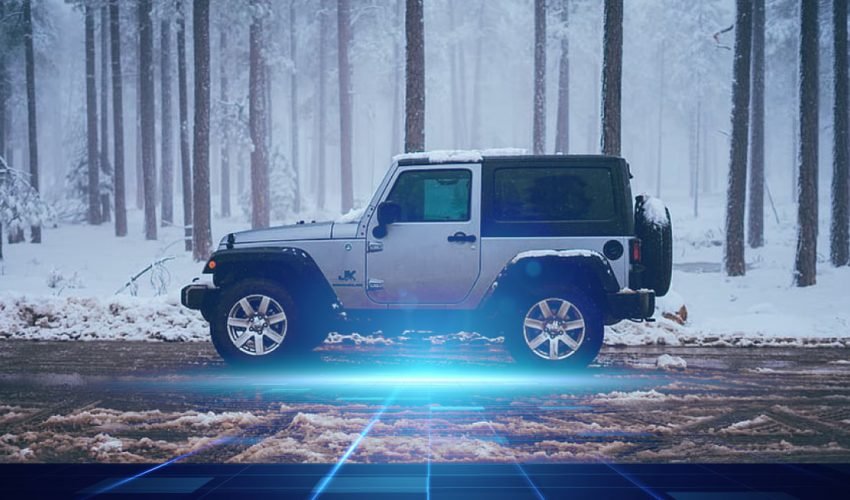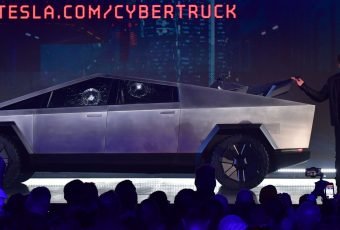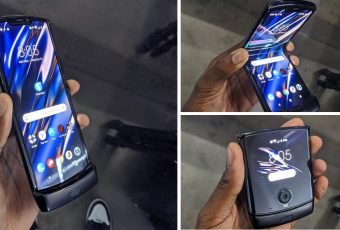Self-driving cars were already fascinating us with all those “cool” features, now will be getting a more advanced technological upgrade from MIT which will allow the cars to “see” through the surface of the road up to a depth of around ten feet below.
MIT confirms working on a technology for self-driving cars, the idea behind is to allow self-driving cars to be more accurate during not so “normal” conditions like when there is snow or heavy fog, or any other weather conditions that might make paths obscured and undrivable.
While currently, most of the self-driving cars rely on combinations of light and camera sensors (LIDAR) for accurate positioning on the roadways, but once when the path is obscured by snow or other obstacles, the invisible or obstructed lane markers makes it difficult for the self-driving cars to get the accurate measurements of the road, especially at higher speed.
A team of Computer Science and Artificial Intelligence Lab at MIT came up with a new system that they have named “Localizing Ground Penetrating Radar” (LGPR) that is able to create a map of the ground below the roadway’s surface in real-time and without using the cameras or lasers.
“LGPR can quantify the specific elements there and compare that to the map it’s already created, so that it knows exactly where it is, without needing cameras or lasers,” said Teddy Ort, CSAIL Ph.D. student to Engadget.
The video below released by the team of researchers shows how the technology works in real-time on a road covered in snow.
Since currently, the system is six feet wide, the team is working on making it smaller in size to compete with the current generation system of cameras and LIDAR sensors.










